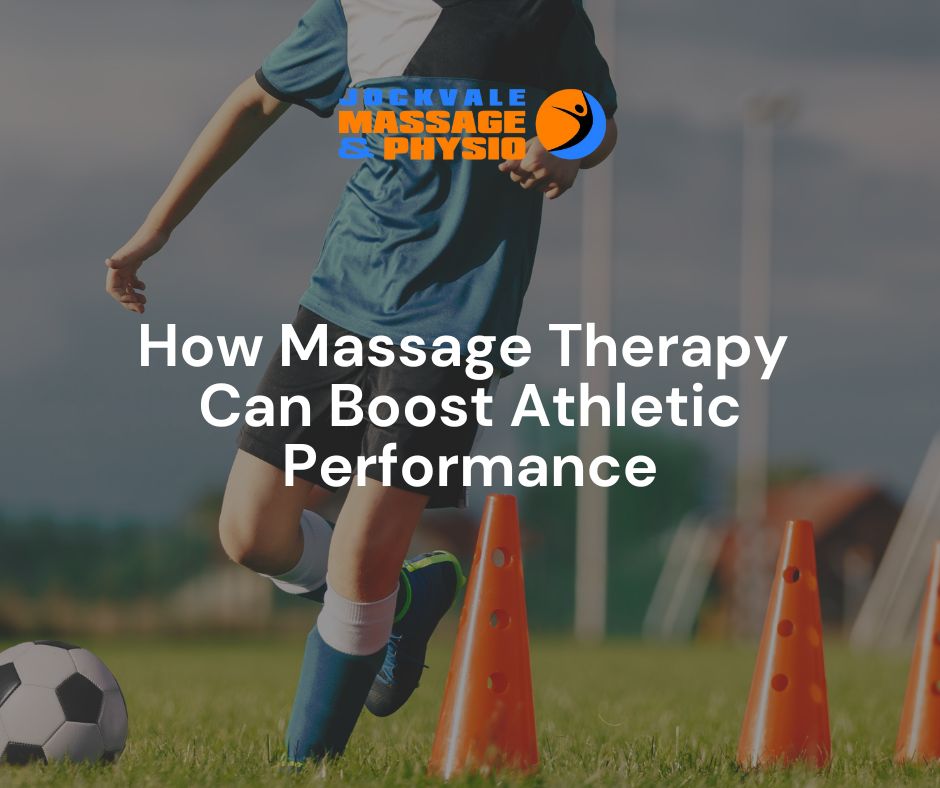When it comes to athletic performance, athletes are constantly seeking ways to gain an edge and optimize their abilities. One technique that has gained popularity in recent years is massage therapy. Massage therapy is not only a method of relaxation but also a valuable tool for enhancing athletic performance. In this blog, we will explore how massage therapy can benefit athletes and elevate their performance on the field, court, or track.
Understanding Massage Therapy
Massage therapy involves the manipulation of soft tissues in the body to improve physical and mental well-being. For athletes, the benefits of massage therapy are numerous. It can help improve blood circulation, reduce muscle tension and soreness, enhance flexibility and range of motion, expedite injury recovery, and promote stress reduction and relaxation.
Impact of Massage Therapy on Athletic Performance:
- Increased Muscle Performance: Massage therapy can lead to improved muscle performance by enhancing muscle strength, power, and endurance. By increasing blood flow and oxygen delivery to the muscles, massage helps optimize their functionality and overall performance.
- Prevention of Injuries: Athletes are susceptible to muscle imbalances and overuse injuries due to the repetitive nature of their training. Regular massage therapy sessions can help identify and address these imbalances, reducing the risk of injuries and enhancing overall athletic performance.
- Faster Recovery: One of the key advantages of massage therapy is its ability to expedite recovery. Massage aids in the removal of metabolic waste products, reduces inflammation, and promotes tissue healing, allowing athletes to bounce back more quickly from intense training sessions or injuries.
Specific Techniques Used in Massage Therapy for Athletes:
- Sports Massage: Sports massage incorporates various techniques such as deep tissue massage, Swedish massage, and myofascial release. These techniques focus on relieving muscle tension, improving circulation, and restoring range of motion, all of which are vital for athletic performance.
- Stretching and Mobilization Techniques: Massage therapists often use stretching and mobilization techniques to enhance flexibility and joint mobility. Active stretching and proprioceptive neuromuscular facilitation (PNF) techniques are commonly employed to optimize muscle flexibility and prevent injuries.
- Trigger Point Therapy: Trigger point therapy involves identifying and releasing knots or trigger points within muscles. By relieving muscle tension and pain, trigger point therapy can enhance athletic performance and improve overall well-being.
Integrating Massage Therapy into an Athletic Performance Program
To fully harness the benefits of massage therapy, it is crucial to integrate it into an athlete’s training regimen effectively. This involves determining the frequency and timing of massage sessions, collaborating with other healthcare professionals, and adopting an individualized approach based on the athlete’s specific needs and goals.
Massage therapy has proven to be a game-changer for athletes seeking to boost their performance and achieve their goals. With its ability to enhance muscle performance, prevent injuries, and expedite recovery, massage therapy should be a vital component of every athlete’s training regimen. Whether you’re a professional athlete, a weekend warrior, or simply someone looking to optimize your physical abilities, booking a massage therapy session can be a transformative step toward reaching your full potential. So why wait? Take charge of your athletic performance, prioritize your well-being, and experience the benefits of massage therapy firsthand. Schedule your massage session today and unlock the power of massage to elevate your athletic performance to new heights. Your body and mind will thank you for it.

